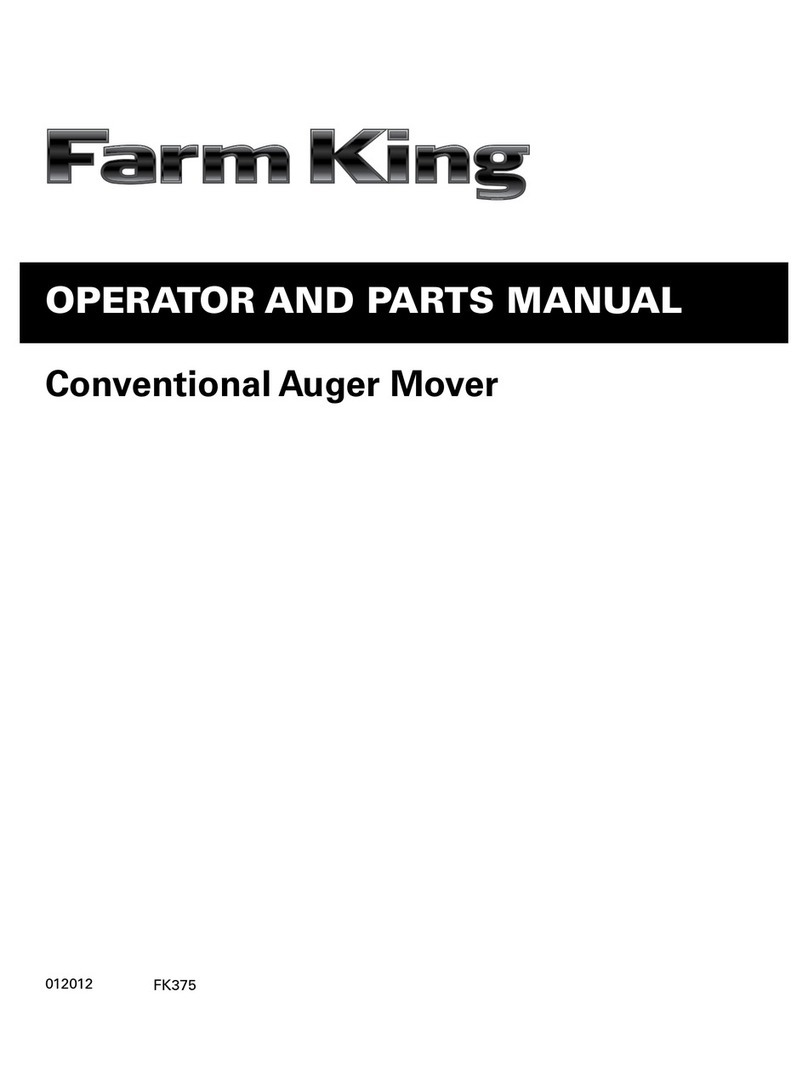
3
Table of Contents - 45 Series Rotary Tiller
Table of Contents
Introduction .................................................................................................................................5
Safety ............................................................................................................................................6
• Safety ................................................................................................................................6
• General Safety ..................................................................................................................7
• Start-up Safety .................................................................................................................7
• Operation Safety ..............................................................................................................7
• Transport Safety ...............................................................................................................7
• Service and Maintenance Safety ....................................................................................8
• Storage Safety ..................................................................................................................8
• Safety Signs .....................................................................................................................8
• Safety Sign Installation ...................................................................................................8
Assembly ....................................................................................................................................10
• Assembly Instructions ...................................................................................................10
Start-up ......................................................................................................................................10
• Machine Break-in ...........................................................................................................10
• Pre-operation Checklist .................................................................................................. 11
Operation ...................................................................................................................................12
• Machine Components ....................................................................................................12
• Equipment Matching .....................................................................................................13
• Driveline Dimension ......................................................................................................14
• Attaching/Unhooking .....................................................................................................16
• Field Operation ...............................................................................................................17
• Transporting ...................................................................................................................19
• Theory of Operation ......................................................................................................20
• Storage ...........................................................................................................................21
Maintenance ..............................................................................................................................22
• Service ............................................................................................................................22
• Fluids and Lubricants ....................................................................................................22
• Greasing .........................................................................................................................22
• Servicing Intervals .........................................................................................................23
• A-frame Adjustment ......................................................................................................24
• Time Replacement .........................................................................................................25
• Slip Clutch .......................................................................................................................25
• Clutch Maintenance .......................................................................................................26




























